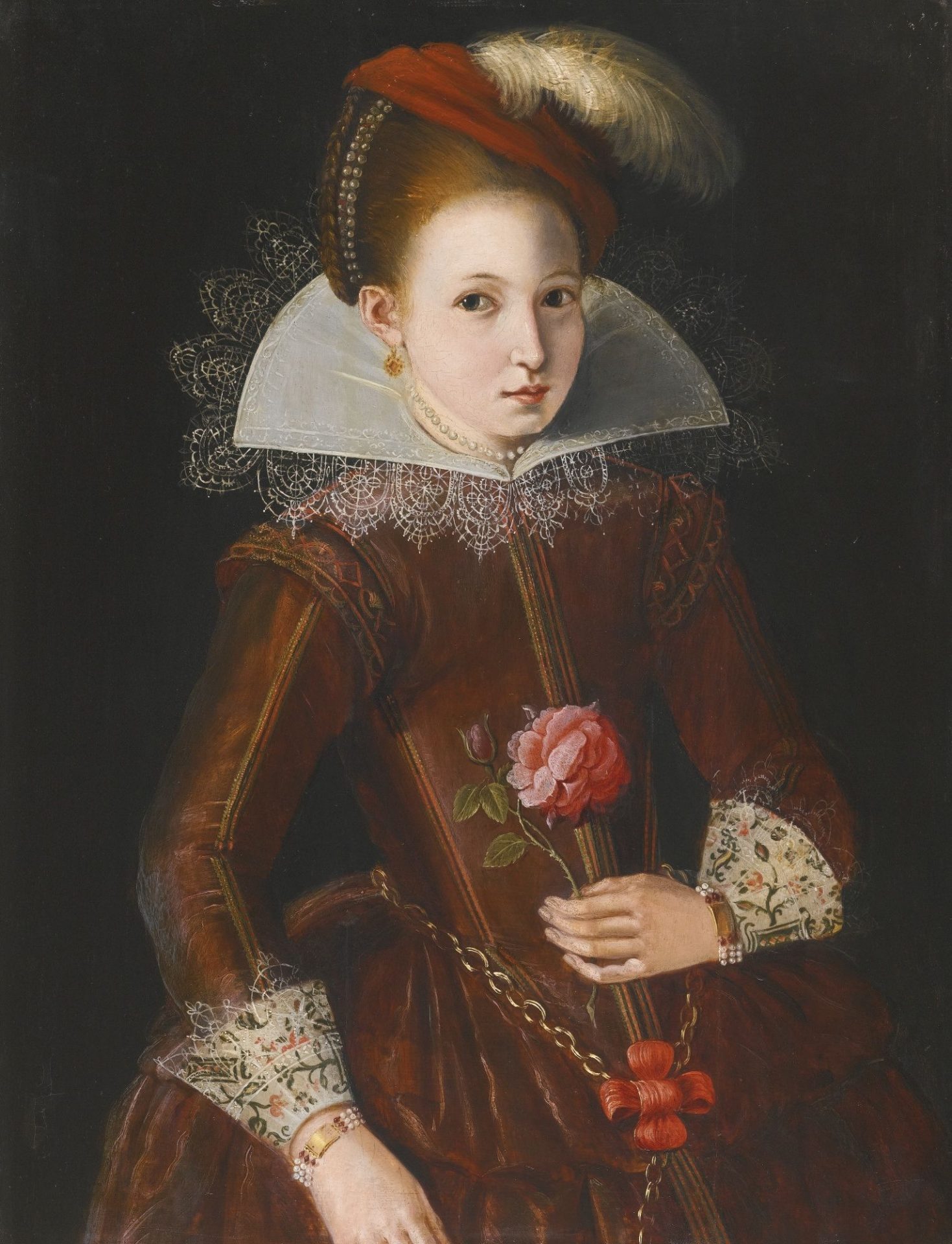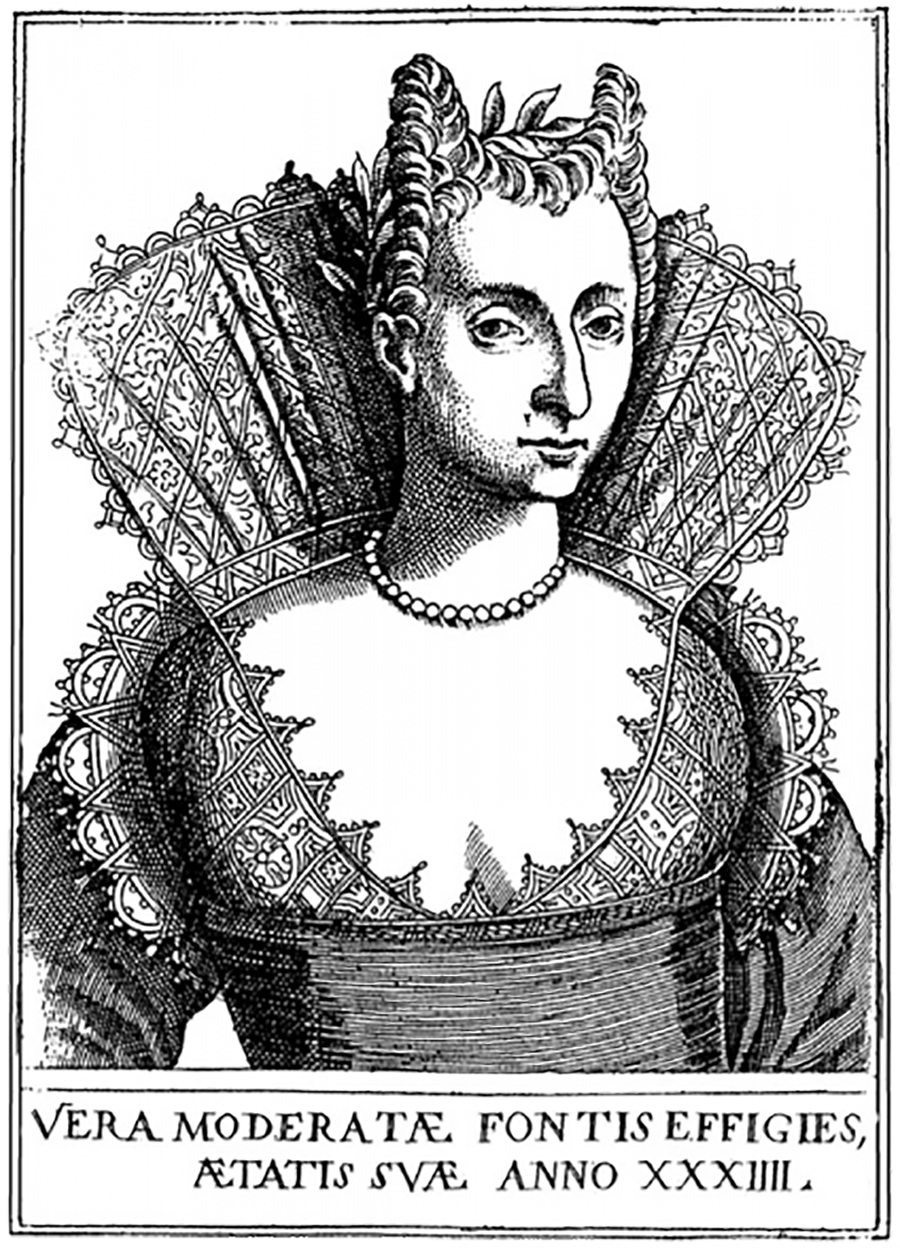“Rub this on your skin, get a lover.” That’s not clickbait. It’s a sixteenth-century recipe, written in all seriousness by the Italian natural philosopher Giambattista Della Porta. He recorded the formula for an ointment, said to be used by witches. The claim was that it could induce an extraordinary phenomenon: it would make the witch believe she was flying and …
Fake Virginity: The Painful Renaissance ‘Cures’ They Sold Women
CW: “Historical discussion of sexual coercion, blood & bodily harm” In Renaissance Europe, failing to bleed on your wedding night could cost a woman her dowry, her marriage – even her safety. So, of course, someone offered a solution. A 17th-century English translation of an Italian book called Magia Naturalis puts it like this: In case that wasn’t clear: the …
The Yellow Wallpaper: Behind the ‘Madness’ in the Pattern
Alone in her sick room in the late 19th century, a woman writes: What is going on? Still, she thinks: The narrator of this story is being treated by her husband, John, who is a doctor. Victorian medicine had some rather peculiar ideas about women’s mental health. Take, for instance, the notion that intellectual stimulation could damage a woman’s reproductive …
Ephelia: Unmasking a Seventeenth-Century Feminist Voice
Do you love women writers who write with humour and irony? Who criticise their society in a satirical, tongue-in-cheek way? Do you like a good literary mystery? Let me introduce you to the elusive Ephelia – yes, that’s Ephelia with an ‘E’, not Hamlet’s Ophelia with an ‘O’. Ephelia was a 17th-century poet & playwright whose identity has puzzled historians and …
Dracula: Blood Transfusions and Control Over Women
Content Warning: Blood, animal cruelty, sexual assault. ‘She wants blood, and blood she must have or die’ – this is one of my favourite passages from Bram Stoker’s 1897 masterpiece, Dracula. (And there are several!) So, let’s set the scene. After a series of sleepwalking episodes, Lucy, one of the main characters in the novel, is left mysteriously exsanguinated: she’s …
Alchemy in the Renaissance: The Mysterious Isabella Cortese
How do you become an alchemist? This is what a 16th-century book suggests: This advice is said to come from a woman; it’s from The Secrets of the Lady Isabella Cortese, published in Venice in 1561. But what does this book, and the mysterious writer to whom it is attributed, tell us about women, science, alchemy, authorship, authority and expertise …
Caterina Sforza: The Alchemy and Power of a Renaissance Icon
Imagine you are the ruler of an Italian city in the Renaissance; your husband has been murdered and your children were taken hostage by your political enemies, who hope to take control of your fortress. Yet the people inside are still loyal to you and are not surrendering. So, leaving your children with your enemies, you go inside the castle, …
Green Sickness: A Historical Look at the ‘Disease of Virgins’
Imagine that it’s 1554, and you’re the father of a young girl who is unwell. You write to a friend of yours, who is a physician, describing her symptoms, which include her being ‘pale, as if bloodless’. And this is the reply you get: The doctor continues, writing that the ancient Greek physician Hippocrates suggests that So… the solution for …
Moderata Fonte and ‘The Woman Question’
Is there anything more enlightening than listening in while women discuss their role in society? As the recent adaptation of Miriam Toews novel Women Talking shows, this is a pretty fascinating premise. In Toews’ story, which was inspired by real events, eight women from a Mennonite community gather to decide what to do in the aftermath of horrific sexual attacks …
Green Sickness and Virginity
From the mid-16th century to the early 20th century, young girls described as suffering from bodily weakness, dietary disorders, heart palpitations, fainting spells, paleness, and an absence of menstruation (amenorrhoea), were often given the diagnosis of ‘green sickness’, the ‘disease of virgins’.
- Page 1 of 2
- 1
- 2











